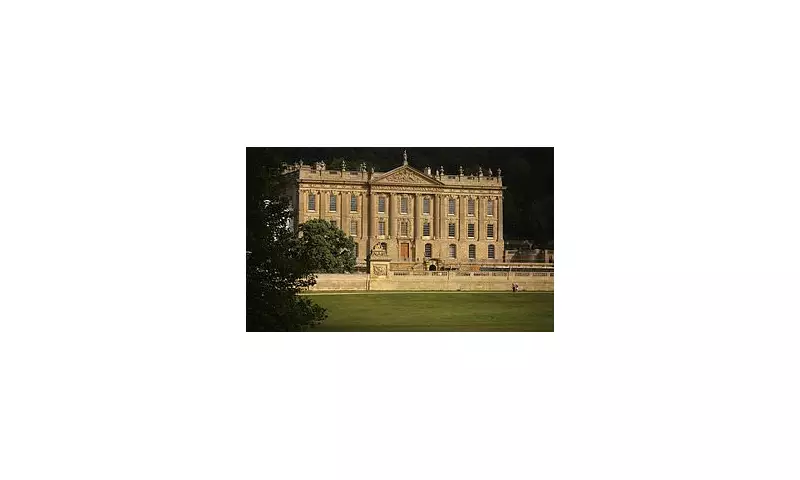
The magnificent Chatsworth Estate, immortalised as Mr Darcy's Pemberley in Jane Austen's Pride and Prejudice, finds itself at the centre of a modern-day cultural storm. The historic Derbyshire property has ignited what critics are calling a 'wokery row' after introducing content warnings for its prestigious art collection.
Content Warnings Spark Heated Debate
Visitors to the esteemed stately home, which recently hosted Her Majesty The Queen, are now greeted with notices cautioning about 'challenging' content within the exhibition. The warnings specifically highlight artworks acquired through wealth connected to the transatlantic slave trade and contemporary pieces that might cause discomfort.
Among the flagged works is Michael Craig-Martin's 'Bullet,' with the estate noting it "may be challenging for some visitors." This approach has divided opinion among art enthusiasts and traditionalists alike.
Historical Context Meets Modern Sensibilities
The Chatsworth estate has taken a transparent approach to its complex history, acknowledging that portions of the family wealth derived from investments in the 18th-century slave trade. This honest reckoning with the past forms part of their new educational initiative.
However, traditional visitors have expressed dismay at what they perceive as excessive caution. One critic lamented to the Daily Mail: "Are we now too fragile to appreciate challenging art without warning labels?"
Balancing Heritage with Contemporary Values
The exhibition, titled 'Mirror Mirror: Reflections on Design at Chatsworth,' showcases pieces from the Devonshire Collections alongside contemporary works. Estate officials maintain that the warnings are intended to provide context rather than censorship.
"We believe in presenting our collection with appropriate historical context," a spokesperson explained. "This includes acknowledging difficult aspects of our history while celebrating artistic achievement."
Visitor Reactions Mixed
While some visitors appreciate the heightened awareness, others feel the warnings detract from the artistic experience. The debate reflects broader cultural conversations about how historic institutions should address problematic aspects of their past.
As Chatsworth navigates this delicate balance between preservation and progress, the estate continues to welcome visitors to experience both its architectural splendour and its thought-provoking art collection – complete with the controversial new contextual information.





